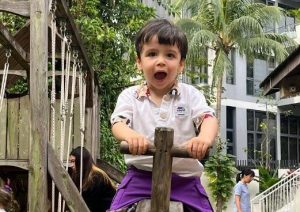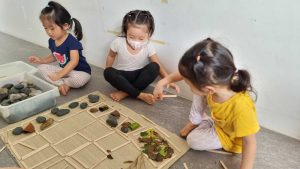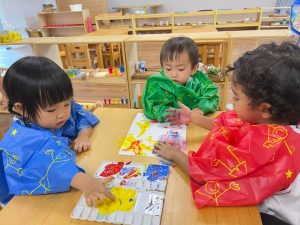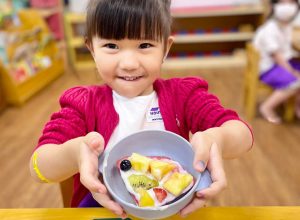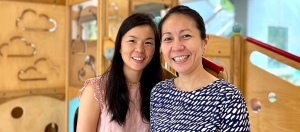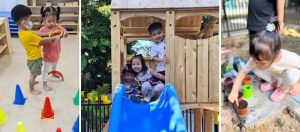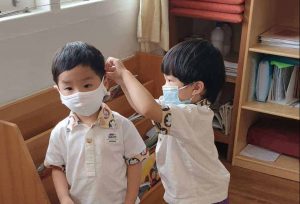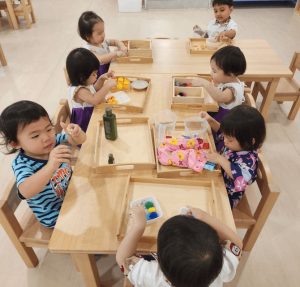
Setting Clear Boundaries for Children At Home
Establishing boundaries for young children at home is an important part of parenting. When children understand and respect the boundaries set, it can help them develop confidence and self-discipline, as well as a sense of security. As parents, it’s important to take the time to identify clear boundaries and expectations for our children. Consider This First, consider your child’s age and maturity level. Young children may require more guidance and structure to understand what is expected of them. Establishing rules that are appropriate for their age will help them feel secure and understand their responsibilities. Second, make sure the boundaries are reasonable and consistent. Children respond best when their parents provide consistent rules and expectations, so it’s important to stick to the boundaries you have set. Third, provide consequences for when the boundaries are broken. Having a consistent consequence for when a boundary is not respected helps reinforce why it is important to follow the rules. Fourth, communicate the boundaries and expectations you have set. Make sure to explain why the boundary or expectation is important, and make sure your child understands it. Finally, remember to be flexible. Children are still growing and developing, and as they get older, their boundaries may need to be adjusted. Showing flexibility and understanding when it comes to setting boundaries helps children feel secure and respected. Some Guidelines Positive language Try telling your child what to do, instead of what not to do. You could say “let’s use our walking feet” instead of “don’t run!”. If the child is speaking in a loud voice, try encouraging them to use their “inside voice” and then they can use their “outside” voice when they are outdoors. Give easy to understand instructions Be very clear with communications. Isn’t “It’s time to put on your shoes now” much clearer than “should we put our shoes on now?” Choice It is important not to conflate the notion of freedom of choice with being able to do anything that the child wants. In Montessori, freedom of choice really means the freedom to do the right thing. Consider what choices you can give them that will still lead them to the desired effect, but allow them to feel as though they have control over the situation. For example, if you need to go out, you may need to get your child into their car seat. You can’t give the choice of not being strapped in, but you can still give them choices. Ask if they want to take a book, or listen to an audio story in the car. They are still making choices, but they will also feel as though they are still in control of their decisions. Understand and acknowledge their feelings If the child is behaving in a way you don’t want them to, clearly explain what you want them to do instead. Acknowledge their feelings. For example, say “I know you are upset ”, when your child can’t have what they want right then. Show that you understand your child’s feelings and then move on to suggest some coping strategies. Do try to encourage consistency within the family. It’s no good saying they can have only water with lunch, but other family members then give the child juice! Use visual cues Children respond to visual cues as much as verbal ones. We don’t have to shout, but do have a serious face and firm tone. This is to prevent sending out mixed messages to the child. Do always get down to the child’s level when doing so. Establishing boundaries for young children can be challenging, but it is an important part of helping them grow into successful and responsible adults. By taking the time to identify the boundaries and expectations that are appropriate for your child, you can help them develop self-discipline, security, and a sense of responsibility.


